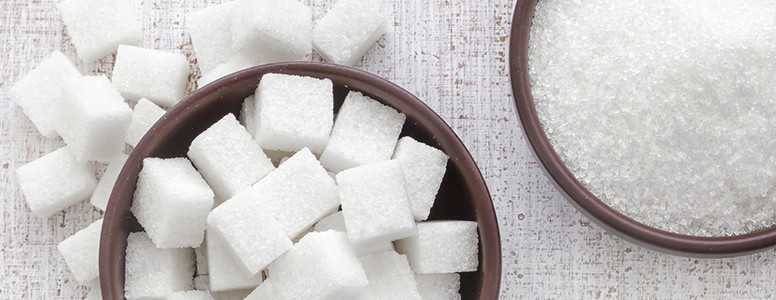A breakthrough in understanding how fructose is transported into our cells could lead to the development of novel treatments for diabetes, cancer and obesity.
An international collaboration between researchers from Stockholm University, the UK and Japan investigated how fructose, also known as fruit sugar, is absorbed into cells from the blood.
Fructose is one of the main sugars in our diet and is found in vegetables, honey and fruits. When consumed this way, fructose is harmless due to the additional vitamins in these foods, but fructose affects the brain in a different way when added to products such as ready meals and sugary drinks.
Using a technique called x-ray crystallography, researchers identified how the protein GLUT5 transports fructose through the cell membrane. When activity of GLUT5 is altered, it has been linked to type 2 diabetes and obesity, the researchers report.
Following analysis of how the atoms in GLUT5 are positioned, the researchers built three-dimensional models of GLUT5 which could mark an important step in research on diseases such as diabetes and cancer, which are related to sugar uptake.
Lead researcher Dr. David Drew, Department of Biochemistry and Biophysics at Stockholm University, said: “By revealing how the fructose transporter functions at the atomic level, we can now begin to understand other things about it. For example, how this gate-keeper is selective to fructose from all other thousands of other molecules our cells are constantly bombarded by.”
The study was published in the journal Nature.
What's new on the forum? ⭐️
Get our free newsletters
Stay up to date with the latest news, research and breakthroughs.





